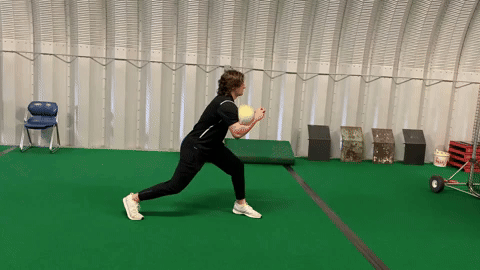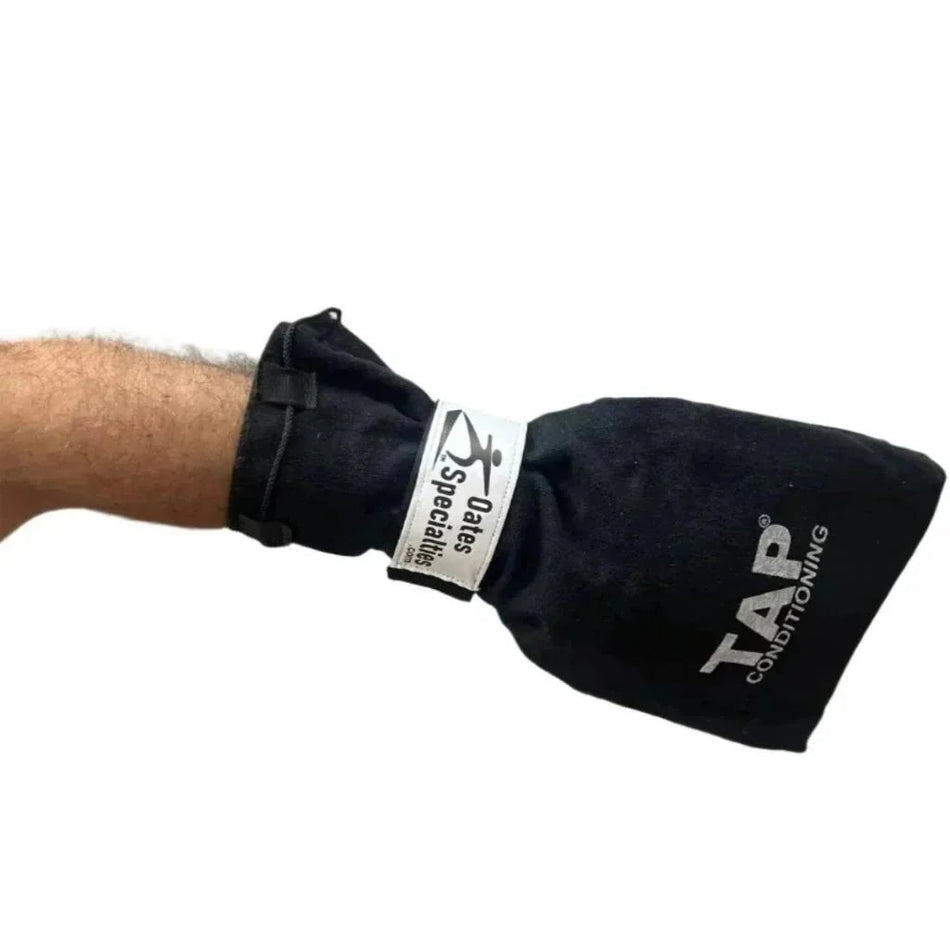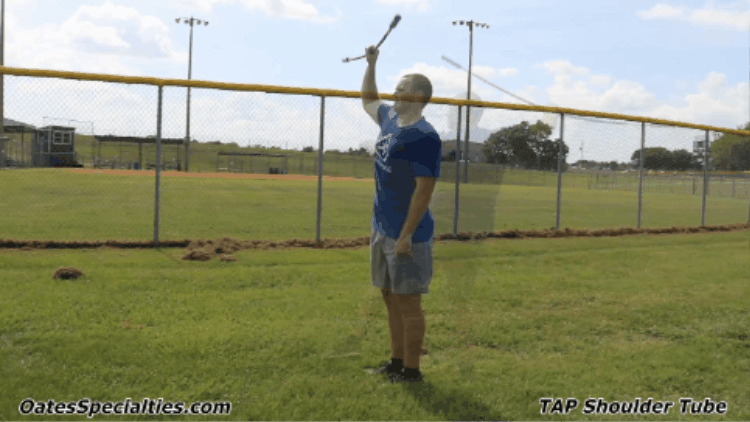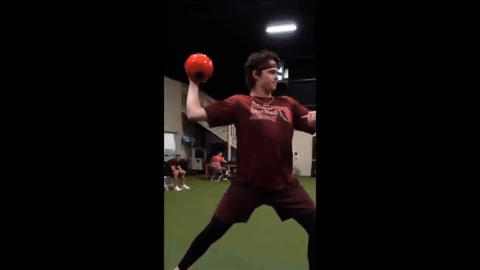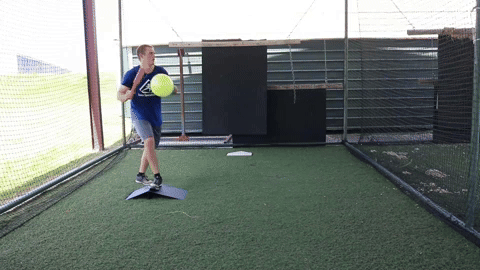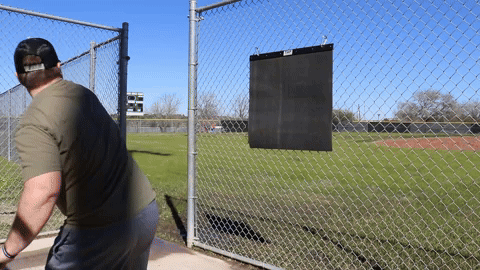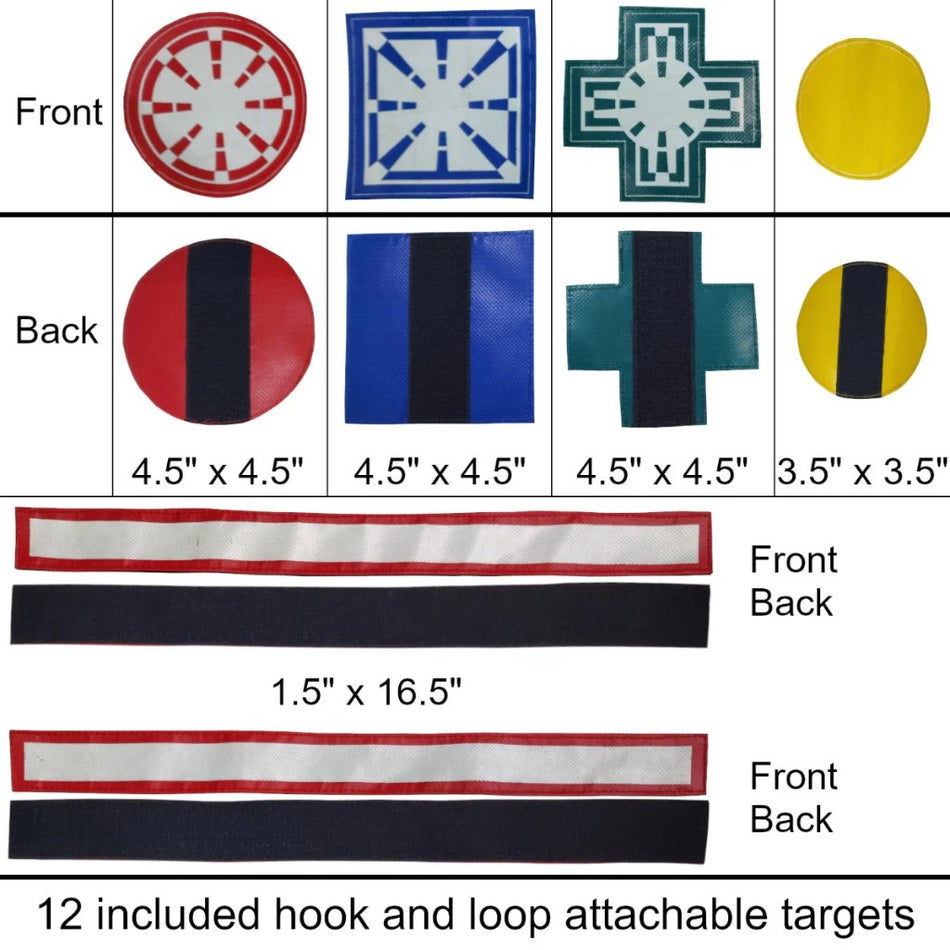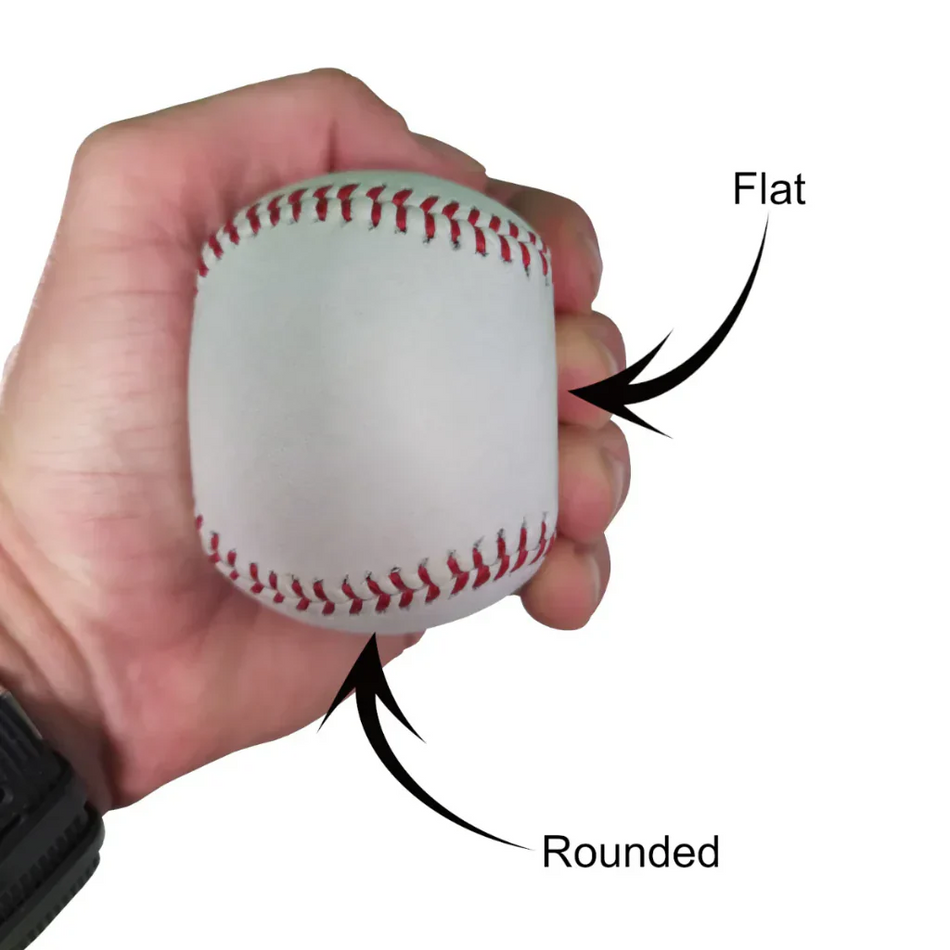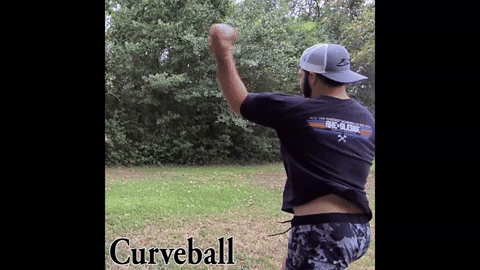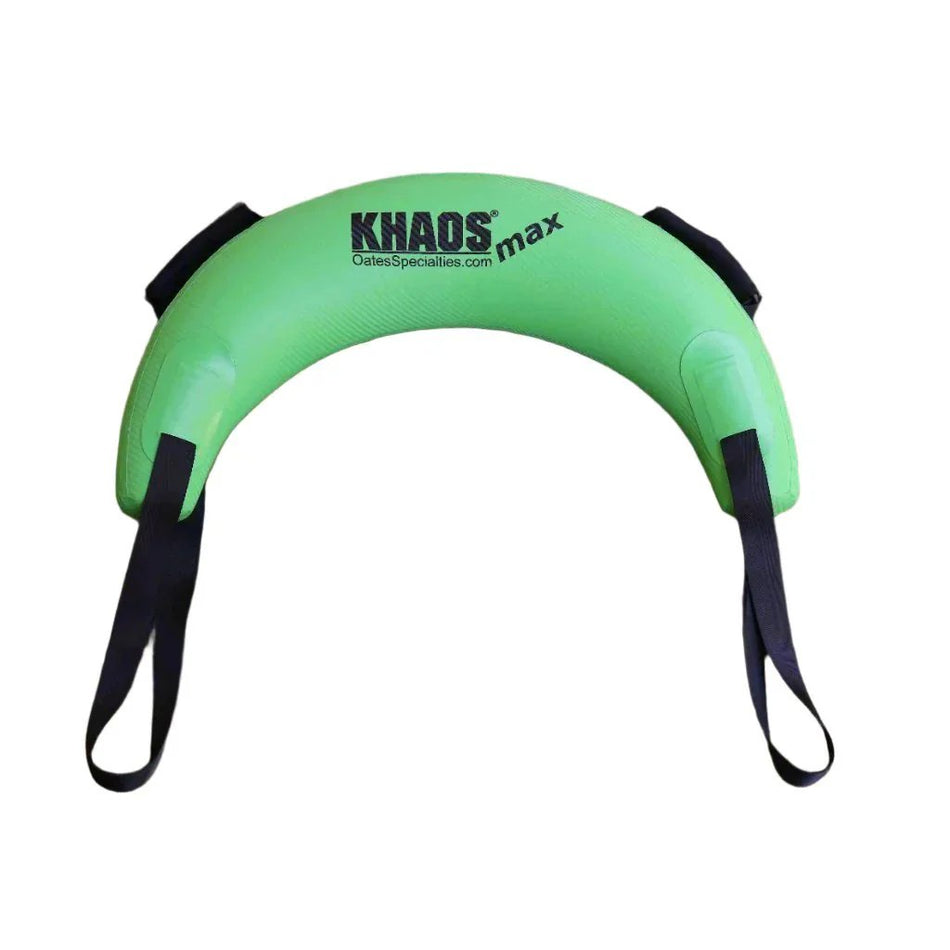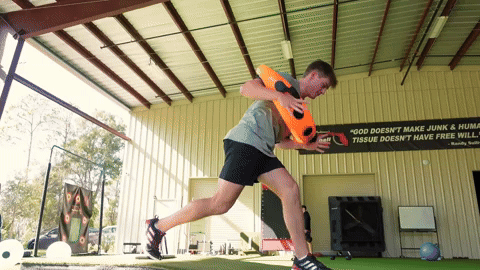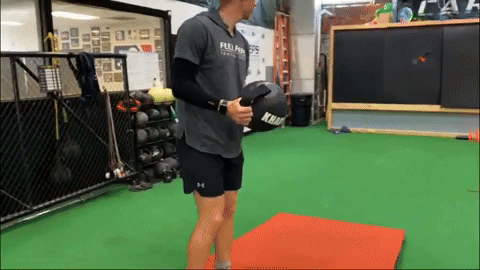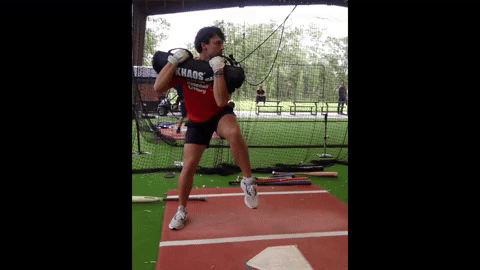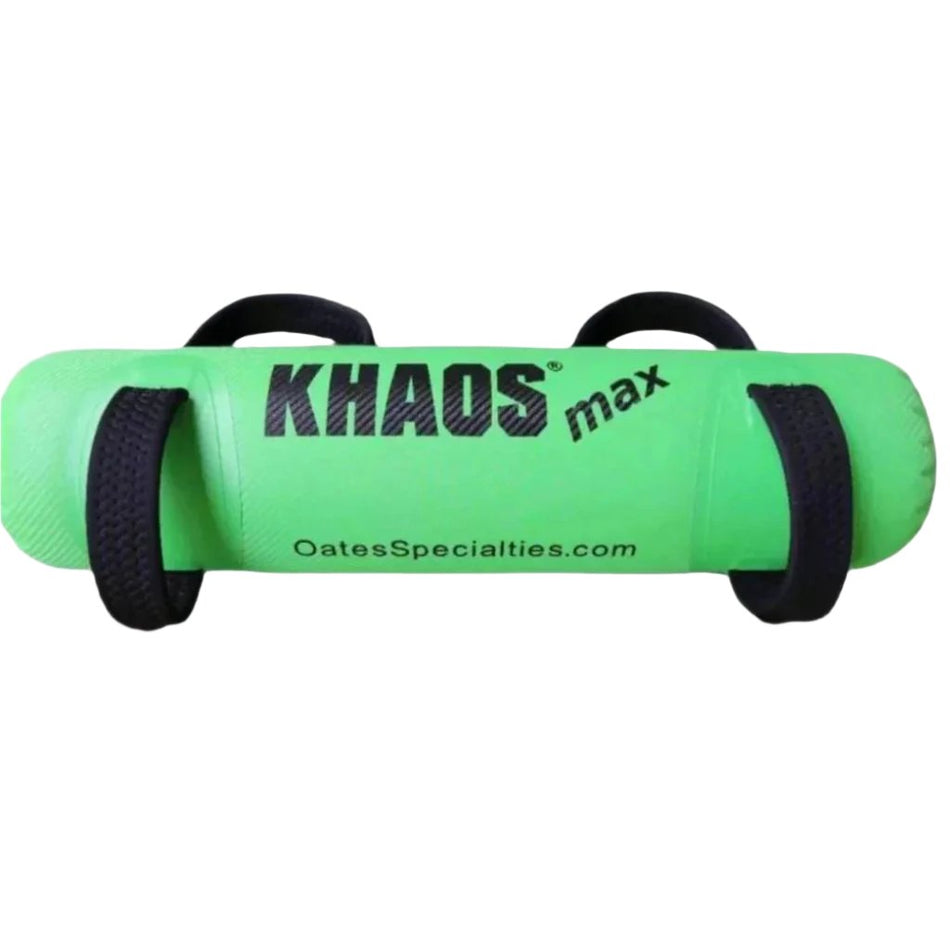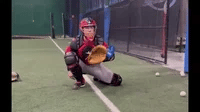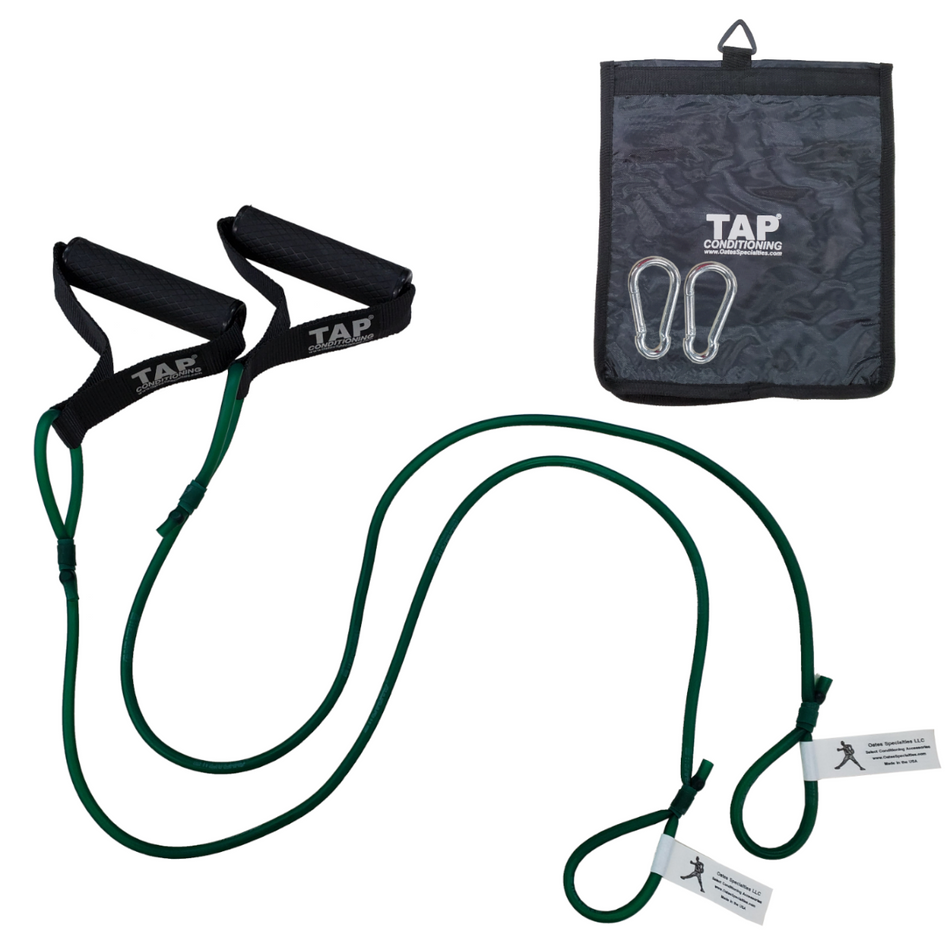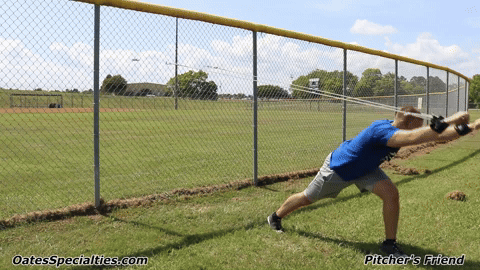I want to end my series of articles regarding stability and mobility by talking about the last link of the kinetic chain for a pitcher (or any throwing athlete). This consists of the shoulder and elbow. All of the energy that has been built up by the movements of the delivery have accumulated from the lower half up the spine through the scapula and now require tremendous mobility of the shoulder and stability in the elbow in order for a pitcher to stay healthy. This energy that is generated is beneficial in terms of velocity on the ball but can be detrimental if the athlete is not prepared for the stress that accompanies this energy.
Like I mentioned in a previous blog, the shoulder is naturally the most flexible joint in the body, but even so, pitchers need to work to enhance its mobility. The shoulder is asked to do perform at an extremely high rate of speed as it accelerates from external rotations to internal rotation at velocities around 7000 degrees per second. If a shoulder is lacking in its range of motion the consequences can be any number of rotator cuff injuries.
There are several simple exercises which can be used to improve the mobility of the shoulder. The first type of exercise I am going to describe are static shoulder stretches. An example of a static shoulder mobility drill is the “sleeper stretch.” During this stretch the athlete lays on his side with his throwing shoulder touching the ground. He then takes his elbow out at a 90 degree angle and while rolling into his shoulder begins to push his hand down causing a stretch in the back of the shoulder along the labrum and rotator cuff. This stretch can be slightly changed by moving the elbow higher or lower than the shoulder and performing the same stretch. The key is to try and keep the shoulder on the ground the entire time as it often wants to come slightly off. Only take the hand as far as it can naturally go and put slight pressure on the shoulder. Eventually the hand should be able to touch the ground.
A person with ample shoulder mobility should be able to touch their fingers behind their back with one arm tucked behind their head and the other tucked behind their back. Athletes are often unable to do this as sometimes there is as much as 6 inches between their fingers. This shows their lack of shoulder mobility. A common way to work on this mobility is to have the athlete grab giant flat band resistance loop (or a towel) with both hands and alternately pull the band up, stretching the arm behind the back, followed by pulling the band down, stretching the arm behind the head. This should be done slowly and the athlete should never force his arm past the comfortable range of motion. I like to use the resistance band more than a towel because it has some give to it. The second type of shoulder drills are those that are considered dynamic exercises. These involve actively moving the shoulder through its range of motion to help with its functional mobility. A great exercise that does this is called “tea cups.” This exercise involves the athlete pretending as though there is a cup in his hand which is open and moving the shoulder through its entire range of motion. When doing this the athlete should try to keep his palm always facing up as though he is trying to keep the cup from falling. This activity will take an athlete through internal and external rotation. This activity can be enhanced by having the athlete use wrist weights and thereby increasing the load on the shoulder. Click here for a video of a trainer executing the tea cup exercise.
The second type of shoulder drills are those that are considered dynamic exercises. These involve actively moving the shoulder through its range of motion to help with its functional mobility. A great exercise that does this is called “tea cups.” This exercise involves the athlete pretending as though there is a cup in his hand which is open and moving the shoulder through its entire range of motion. When doing this the athlete should try to keep his palm always facing up as though he is trying to keep the cup from falling. This activity will take an athlete through internal and external rotation. This activity can be enhanced by having the athlete use wrist weights and thereby increasing the load on the shoulder. Click here for a video of a trainer executing the tea cup exercise.
Another dynamic activity is called a scapular wall slide. In this exercise an athlete will stand with his arms in a V position or the “stick em up” position while having his butt and shoulders against a wall. While keeping his hands and elbows touching the wall he will slide his arms up as high as he can (ideally until they are fully extended) and then lower them as far down as possible trying to touch the elbows to his side. Most likely an athlete will not be able to do this at first and instead he should go to his limit of range of motion. Now that I have mentioned a few ways to improve shoulder mobility (there are many variations of exercises that can be utilized to enhance shoulder mobility) I want to move down the arm to the elbow. The elbow needs stability in order to stay healthy. As we all know, the elbow sometimes cannot handle the stress placed on it with the result often being an injured Ulnar Collateral Ligament. Stability of the elbow region should be a top concern for throwing athletes. The best way to help stabilize the elbow is by focusing on the strength of the forearm.
The forearm is made up of the flexor and extensor muscles as well as the muscles that pronate and supinate the hand. Flexion, extension, pronation, and supination are all critical movements made by pitchers every time they throw and the muscles controlling these movements need to be as strong as possible to help absorb the stress placed on the region instead of the stress ending up on the ligaments in the elbow. One great tool to strengthen the forearm is called the SuperPro. The SuperPro has an adjustable weight which can be spun up or down depending on the weight you want. Common exercises with the SuperPro are supination/pronation, stir the pot, and extension flexion movements. Click here to watch a video of Coach Ron Wolforth with it.
Another great tool that can be used for strengthening of the forearm/elbow region is the Hand Master Plus. This device strengthens the forearm by way of working grip strength. The Hand Master resembles a stress ball except there are loops for each of your fingers. The ball is then squeezed to engage the hand and underside of the forearm followed by the athlete opening his hand to strengthen the top side of the forearm. By changing your hand position during this exercise (palm down; palm up; hand out to the side; hand behind your back; etc.) it is possible to target different areas of the forearm.
 In addition to equipment specifically designed to improve the stability in the elbow region there are also a number of exercises which can be done in a weight room to help strengthen this critical area on a pitcher. Forearm curls with dumbells are a great way to add strength to this region as are plate holds where the athlete holds onto metal plates for as long as he can which seriously targets grip and forearm strength.
In addition to equipment specifically designed to improve the stability in the elbow region there are also a number of exercises which can be done in a weight room to help strengthen this critical area on a pitcher. Forearm curls with dumbells are a great way to add strength to this region as are plate holds where the athlete holds onto metal plates for as long as he can which seriously targets grip and forearm strength.
The shoulder and elbow are usually the areas on a pitcher that break down after heavy workloads. Although there are a number of reasons for this such as inefficient arm actions or insufficient pronation at release, a lack of shoulder mobility and elbow stability plays a major role in the number of injuries that occur in pitchers over the course of a season. If mobility can be improved in the shoulder less stress will be placed on the region due to muscles being forced into positions outside of their range of motion. At the same time, with increased forearm strength not only will the elbow directly become stronger from the activities utilized to strengthen this area but also the muscles in the forearm will help to take some of the burden off of the relatively small and weak ligaments in the elbow.
Until next time,
Brian Oates
Photo/Video Credit:
https://zachdechant.com/sleeper-stretch/
https://www.performancehealthacademy.com/shoulder-internal-rotation-towel-stretch.html
https://www.youtube.com/watch?v=uONTU3K8YUE



